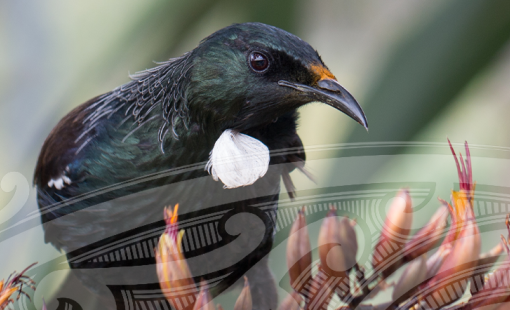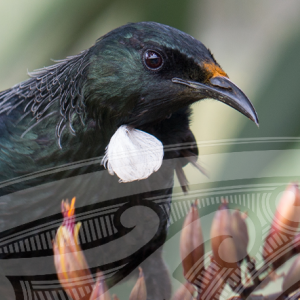Tātau Tātau o Te Wairoa
Our organisation is responsible for managing and distributing the Settlement Redress from the Crown for the iwi and hapū of Te Rohe o Te Wairoa.
We strive to ensure that the future of our whānau, hapū, and iwi of Te Rohe o Te Wairoa is prosperous, healthy, and vibrant. That our people proudly identify and connect with Te Ao Māori, are kaitiaki for our environment and key decision makers for our future.
We are committed to building a valuable and active partnership with the Crown based on the Treaty of Waitangi, one that will endure for current and future generations.
The Crown acknowledges the significant damage it has caused to the economic, cultural, spiritual, and physical well-being of our iwi and hapū. These have created long standing challenges that are at the forefront of Tātau attention.
The focus of our mahi:
Mana Motuhake: Advocating for rangatiratanga of iwi and hapū over their whenua, wai and moana. Retention and promotion of ngā taonga tuku iho (language, customary practices, customary knowledge, genealogy and arts).
Housing: Addressing the housing crisis by increasing the availability of quality homes, particularly for kaumātua, to improve living conditions, health outcomes and meet community needs.
Economic Growth: Fostering sustainable economic development to create opportunities and prosperity for our people.
Environment: Protecting and restoring our whenua, awa, and moana, including forests, wetlands, productive land, and indigenous wildlife. Adapting to climate change to safeguard our natural resources.
Education and Employment: Creating more jobs, sustainable careers, and educational opportunities for Māori and local businesses in our rohe.
Health and Wellbeing: Advocating and supporting solutions that address health disparities and ensuring access to quality healthcare services for all.
Recently Added
Apology from the Crown
“The Crown makes this apology to the iwi and hapū of Te Rohe o Te Wairoa, to the tipuna/tupuna, whānau, and descendants.”
“The Crown recognises that the iwi and hapū of Te Rohe o Te Wairoa have long sought to right the injustices they have suffered at the hands of the Crown and is deeply sorry that it has failed until now to address the injustices appropriately.
For too long, the Crown has failed to respect the mana motuhake of the iwi and hapū of Te Rohe o Te Wairoa, and it unreservedly apologises for its failure to honour its obligations to the iwi and hapū under te Tiriti o Waitangi/the Treaty of Waitangi and its principles.
The Crown apologises for the war it fought against members of the iwi and hapū it deemed to be rebels. In particular, the Crown profoundly regrets its unjust 1865 attack on the kāinga Omaruhakeke, which occurred on Christmas Day, and dishonourable summary executions and detention without trial of some of those who opposed the Crown during or after fighting in the rohe. The Crown is deeply sorry for the lasting division between hapū, and the loss of life and property sustained by the iwi and hapū of Te Rohe o Te Wairoa as a result of this fighting.
The Crown apologises for effectively confiscating a large area of land in 1867 through the Te Hatepe forced cession. It is profoundly sorry for the way its on-going land purchasing has compounded the destructive impact and demoralising effect of its actions in fighting a war and confiscating land. The Crown admits that the cumulative effect of its Treaty breaches has been very significant damage to the cultural, spiritual, and physical well-being of the iwi and hapū of Te Rohe o Te Wairoa, as well as to their economic development.
The Crown seeks to restore its tarnished honour and to atone for its past failures to uphold the Treaty of Waitangi and its principles with this apology and settlement. The Crown hopes to build a new relationship with the iwi and hapū of Te Rohe o Te Wairoa based on the Treaty of Waitangi that will endure for current and future generations.”



